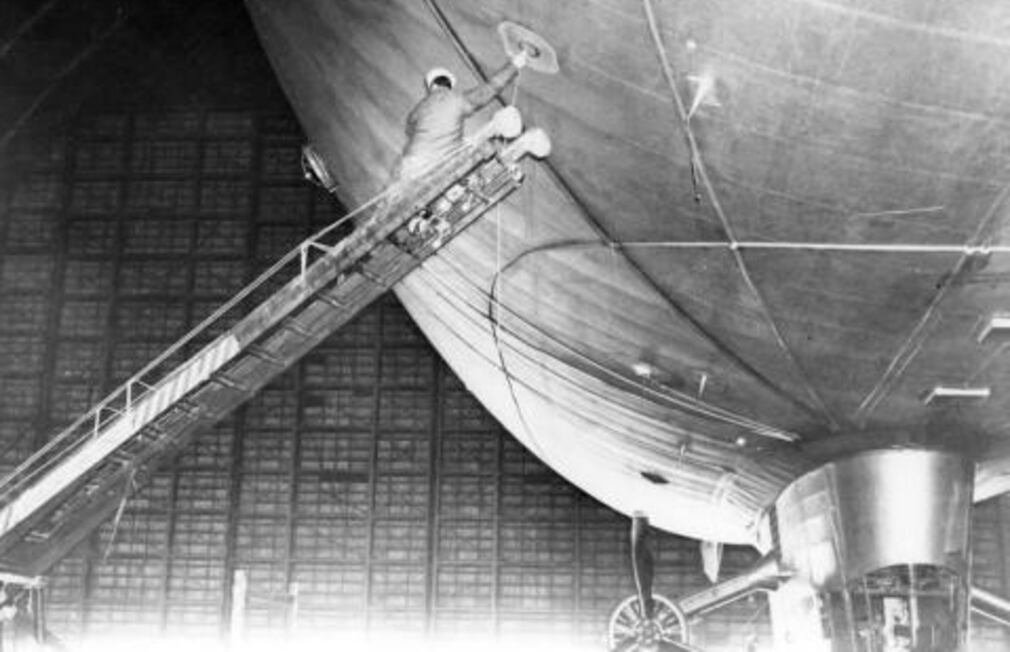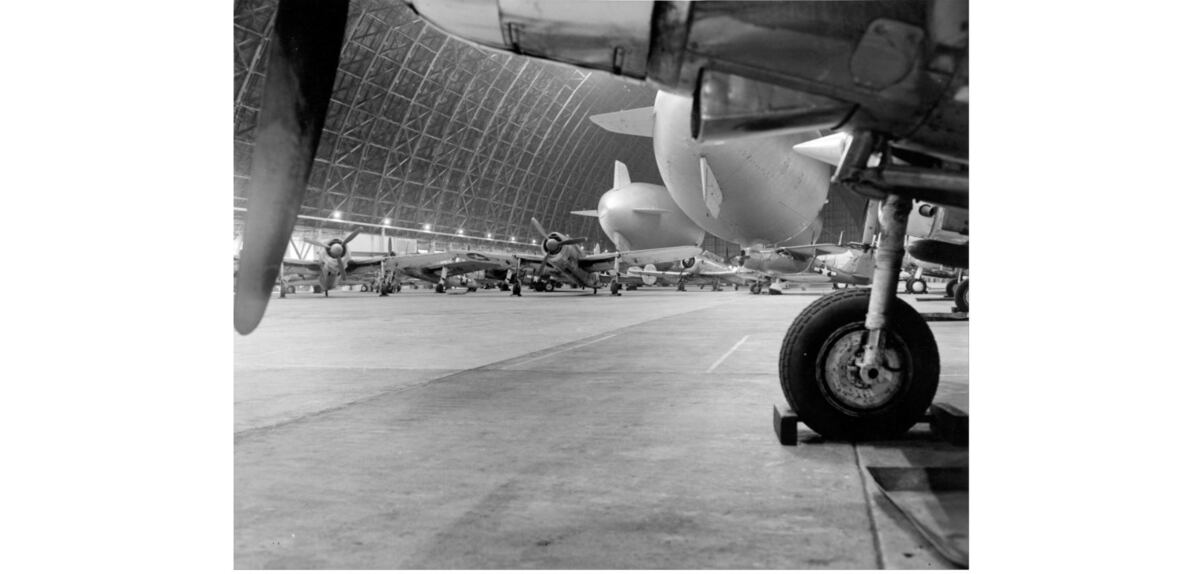SAVANNAH, Ga. — One exhibit contains a hinged wooden box that held a bottle of champagne before it was smashed across the bow of a newly launched cargo ship built to carry supplies to American troops overseas.
Another displays the ship’s bell and a life ring from the S.S. Esso Baton Rouge, which sank off the Georgia coast in a deadly torpedo attack from a German U-boat.

The artifacts recall moments of tragedy and celebration during World War II in Glynn County, where sailors and airmen trained for battle overseas while civilians — including many women — labored at the shipyard in support of the war effort. More than seven decades later, their stories are the subject of a museum that re-creates the war’s pervasive effect on the American homefront by focusing on a single East Coast community.
The World War II Home Front Museum opened earlier this month on St. Simons Island, about 70 miles (115 kilometers) south of Savannah.
Its exhibits are housed inside the island’s former Coast Guard station, which was in charge of shore patrols for German submarines lurking off the Georgia coast during the war.
The Coastal Georgia Historical Society raised $3.7 million to build the museum as a repository for its growing collection of World War II artifacts and memorabilia donated by local residents, including more than 2,000 photographs from the period. The society collected dozens of oral histories and had its exhibits designed by Gallagher & Associates, the same firm that helped develop the National World War II Museum in New Orleans.
"We were really encouraged to think big about this project," said Sherri Jones, the historical society's executive director. "The stories just resonated with everybody. It's a story that so many people were passionate about."
The war pervasively affected Glynn County. About 16,000 workers, including 2,000 women, worked at the Brunswick shipyards building what were known as Liberty ships — cargo vessels used to supply U.S. troops overseas. One exhibit at the museum allows visitors to virtually construct a Liberty ship and follow its voyage across the Atlantic.

Another exhibit resembles the interior of a blimp like those that took off from the neighboring Glynco Naval Air Station to scout the coastline for enemy submarines. There’s also a re-creation of the simulated radar room on St. Simons Island used to train naval officers in directing fighter planes in the heat of battle.
The bell and life ring artifacts from the sunken S.S. Esso Baton Rouge help tell the story of an attack on April 8, 1942, when German U-boats torpedoed two merchant ships off St. Simons Island. A total of 22 sailors were killed in the attack, while others were saved by Coast Guard crews from the station that now houses the museum.
Interactive exhibits allow visitors to try distinguishing the silhouettes of friendly and enemy aircraft in a plane-spotting game, or to decide how best to spend ration points on staples such as meat, coffee and butter at a mock storefront.
"We want people to come here and be able to relate to these sorts of things that were going on all over the United States," said Mimi Rogers, the museum's curator. "Rationing, plane spotting and other ways that ordinary citizens could support the war even if they weren't in the military."

Before the museum opened to the public on Dec. 8, about 250 people who contributed to its creation — from those who donated photos and artifacts to the local landscaper — attended an invitation-only launch celebration.
Among them was 101-year-old Ida Mae Lawson, one of the shipyard workers who helped Brunswick churn out 85 Liberty ships before the war’s end in 1945.
For the museum’s ceremonial launch, Lawson joined Rogers in a ritual recalling the sendoffs for the completed Liberty ships. They broke a bottle of champagne across the flagpole outside.





